Exhibition presents the most outstanding works from the Princely Collections
Peter Paul Rubens, Venus in front of the mirror, around 1614/1615. Oil on wood. © LIECHTENSTEIN. The Princely Collections, Vaduz–Vienna.
VIENNA.- On the occasion of the 300th anniversary of the founding of the Principality of Liechtenstein in 2019, the Albertina Museum is presenting a comprehensive selection of the most outstanding works from the Princely Collections under the title From Rubens to Makart. The museum is also devoting a simultaneous, separate jubilee exhibition to the Viennese watercolor, an important and central category of works within the Princely Collections, in an exhibition entitled Rudolf von Alt and his Time.
Five Centuries of Art History
Well over 100 of the most important paintings and sculptures from the exquisite collection of this family, rich in tradition like few others in Europe, span an impressive range from the Early Renaissance in Italy to the Baroque period, from Viennese Biedermeier to the historicism of the Makart era. Iconic works such as Antico’s Bust of Marcus Aurelius, which was acquired for the Princely Collections just recently, the life-size bronze sculptures of Adrian de Vries, and Peter Paul Rubens’s famous Venus in Front of the Mirror are the focus of an exhibition that amounts to a veritable promenade through five centuries of art history.
Giuseppe Arcimboldo, The Earth, around 1570. Oil on wood. © LIECHTENSTEIN. The Princely Collections, Vaduz–Vienna.
A Private Collecting Passion of The Highest Order
The documentation of the Liechtenstein Princes’ continuous and passionate collecting activities goes back over 400 years—a period during which outstanding personalities and their individual artistic tastes gradually gave rise to a private collection that remains unparalleled to this day. And as a city in which the princely family maintained a permanent residence until 1938, Vienna is of exceptional significance: under Prince Johann Adam Andreas I, who acquired numerous masterpieces of the Flemish Baroque, the collection was presented on the second bel étage of the newly built Liechtenstein City Palace on Bankgasse (formerly known as Schenkenstraße) beginning in 1705. In 1810, Prince Johann I of Liechtenstein made his masterpieces accessible to the Viennese public for the first time at the family’s Garden Palace in the Rossau neighborhood.
During the Second World War, the family transferred its residence—and thus also its collections—to the Principality of Liechtenstein. Ever since then, the official home of the Princely Collections has been in Vaduz. Selected works are permanently displayed in the galleries of the Liechtenstein Garden Palace and City Palace in Vienna, however, and these can be viewed by the general public as part of guided tours.
Anthonis van Dyck, Portrait of Maria de Tassis, ca. 1629/30. Oil on canvas. © LIECHTENSTEIN. The Princely Collections, Vaduz–Vienna.
Recontextualization
This exhibition presents the Princely Collections’ greatest treasures, providing an exemplary impression of their formidable richness. In contrast to the permanent presentation at the Liechtenstein family’s two Viennese palaces, within which these works can be experienced more or less in their traditional context, one of the central intentions of this exhibition lies in their recontextualization: the reduced setting of the ALBERTINA Museum, with its modern spaces, makes possible a fresh look at the masterpieces on exhibit. In lieu of art-historical stringency, the primary objective here has been to arrive at a form of presentation determined by aesthetic considerations. And it is thus that, through alternative groupings and/or deliberate isolation, these paintings and sculptures now tell entirely different stories.
Ferdinand Georg Waldmüller, Roses, 1843. Oil on wood. © LIECHTENSTEIN. The Princely Collections, Vaduz.
Friedrich von Amerling, Young Girl, 1834. Oil on canvas. © LIECHTENSTEIN. The Princely Collections, Vaduz.
Friedrich von Amerling, Portrait of Princess Marie Franziska von Liechtenstein (1834–1909) at the Age of Two, 1836. Oil on cardboard. © LIECHTENSTEIN. The Princely Collections, Vaduz–Vienna.
Jan Jansz. den Uyl (1595-1631), Breakfast with Pewter Pitcher, 1635. Oil on wood. © LIECHTENSTEIN. The Princely Collections, Vaduz–Vienna.
Naddo Ceccarelli, Christ as the Man of Sorrows, ca. 1347. Tempera and gold on wood. © LIECHTENSTEIN. The Princely Collections, Vaduz–Vienna.
Pier Jacopo Alari-Bonacolsi, known as Antico, Bust of Marcus Aurelius, ca 1500. Gilded Bronze. © LIECHTENSTEIN. The Princely Collections, Vaduz–Vienna.
Quentin Massys der Ältere, The Tax Collectors, late 1520s. Oil on panel. © LIECHTENSTEIN. The Princely Collections, Vaduz–Vienna
Hyacinthe Rigaud, Portrait of Prince Joseph Wenzel I von Liechtenstein in the Full Regalia of the Order of the Golden Fleece (1696-1772), 1740. Oil on canvas. © LIECHTENSTEIN. The Princely Collections, Vaduz–Vienna.
Canaletto, View of the Estuary of the Canale di Cannaregio, ca 1735-1742. Oil on canvas. © LIECHTENSTEIN. The Princely Collections, Vaduz–Vienna.
Hans Makart, The Death of Cleopatra, 1875. Oil on wood. © LIECHTENSTEIN. The Princely Collections, Vaduz–Vienna.
Peter Paul Rubens, Portrait of Clara Serena Rubens, the Daughter of the Artist (1611-1623), ca 1616. Oil on canvas on wood. © LIECHTENSTEIN. The Princely Collections, Vaduz–Vienna.

/https%3A%2F%2Fprofilepics.canalblog.com%2Fprofilepics%2F1%2F0%2F100183.jpg)
/https%3A%2F%2Fstorage.canalblog.com%2F03%2F02%2F119589%2F96711876_o.jpg)
/https%3A%2F%2Fstorage.canalblog.com%2F11%2F31%2F119589%2F94773502_o.jpg)
/https%3A%2F%2Fstorage.canalblog.com%2F20%2F83%2F119589%2F94772815_o.jpg)
/https%3A%2F%2Fstorage.canalblog.com%2F26%2F72%2F119589%2F75604929_o.jpg)
/https%3A%2F%2Fstorage.canalblog.com%2F59%2F60%2F119589%2F26458628_o.jpg)

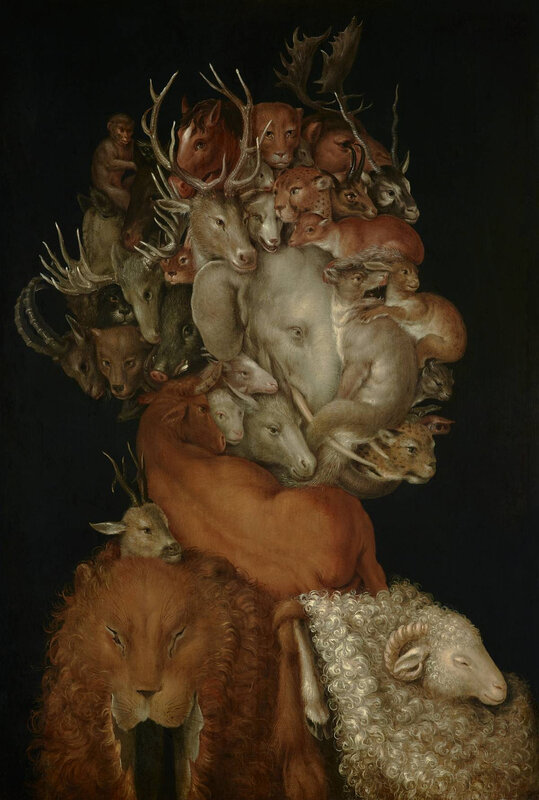
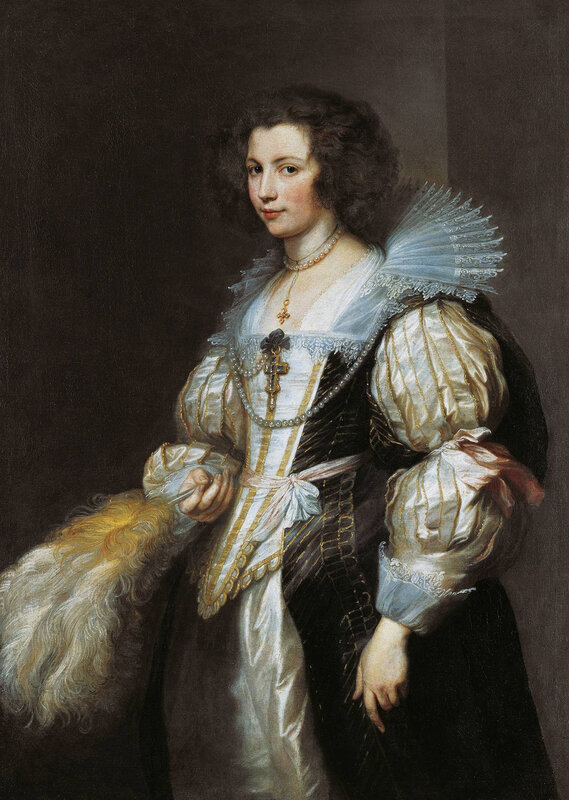
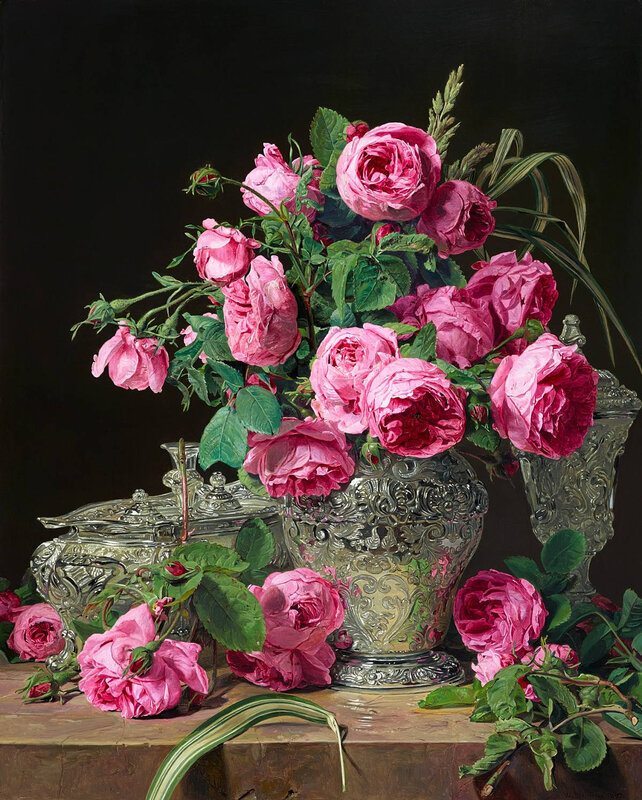
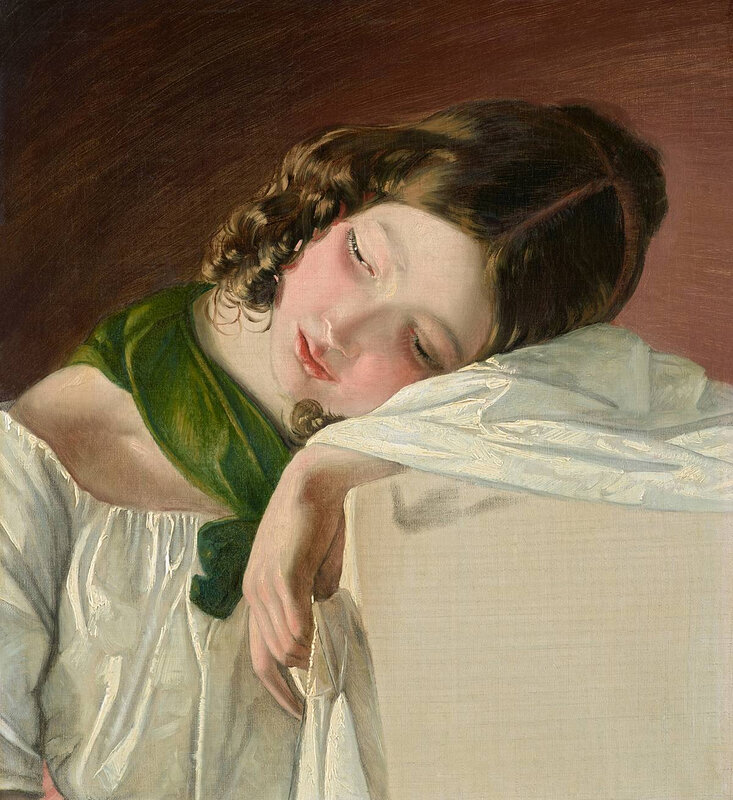
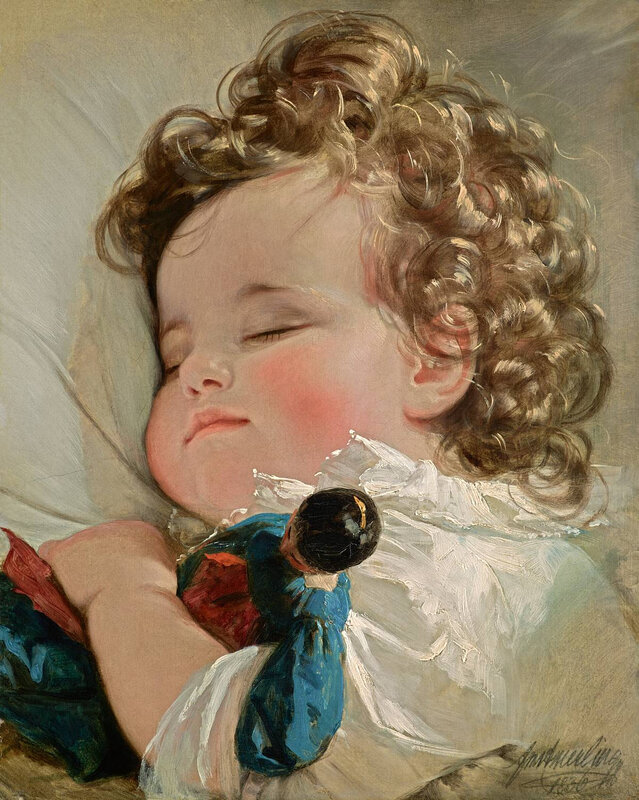
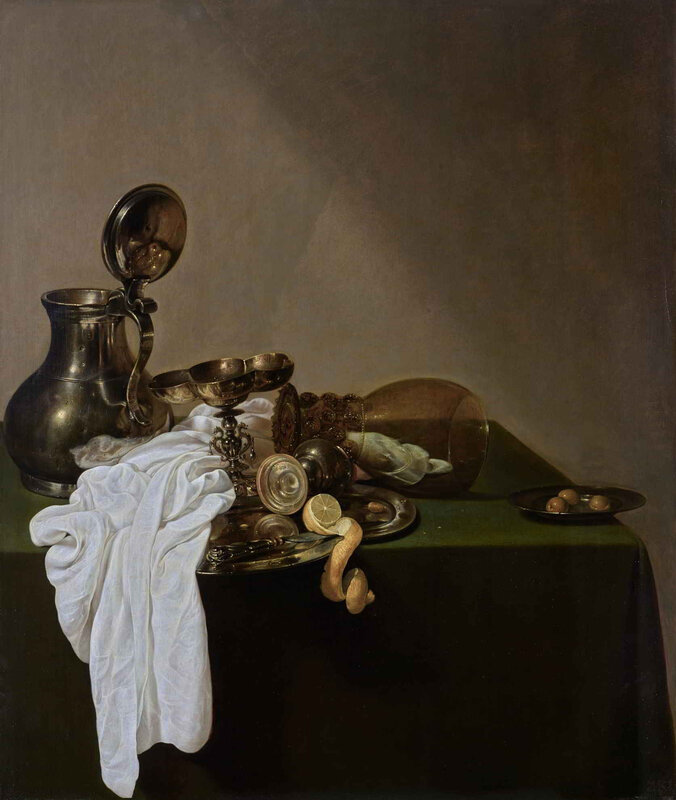
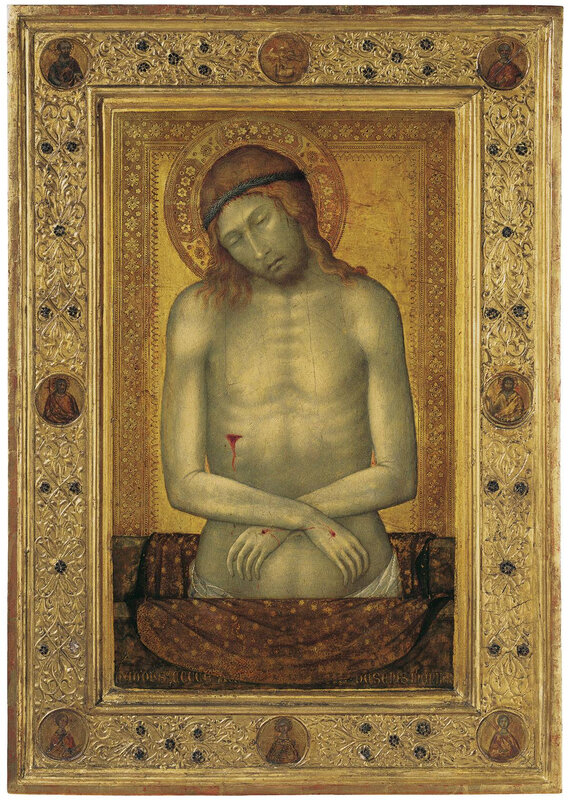
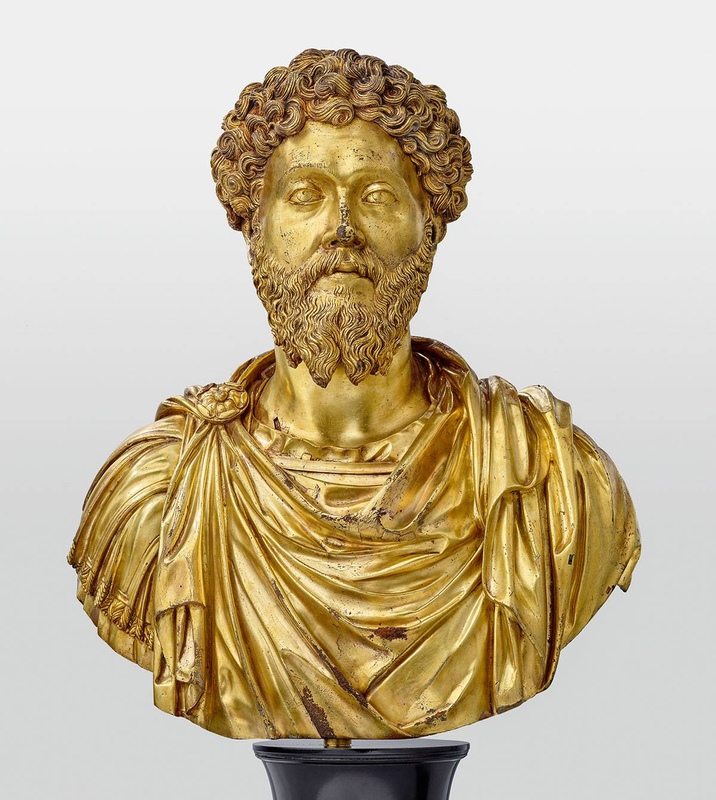
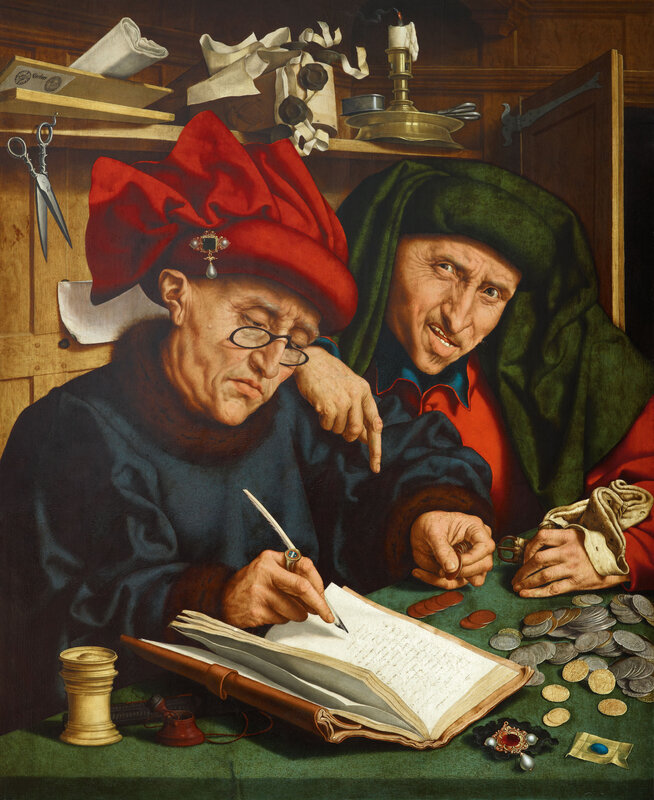
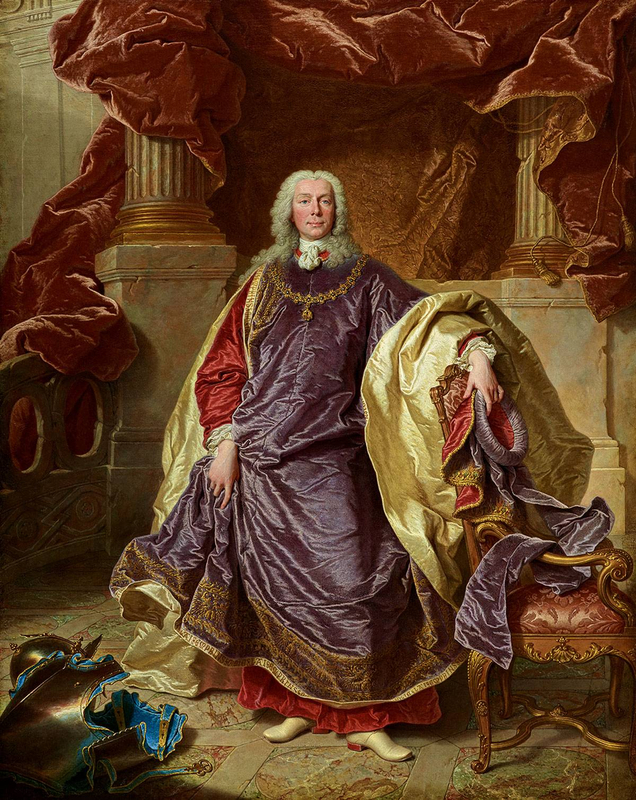
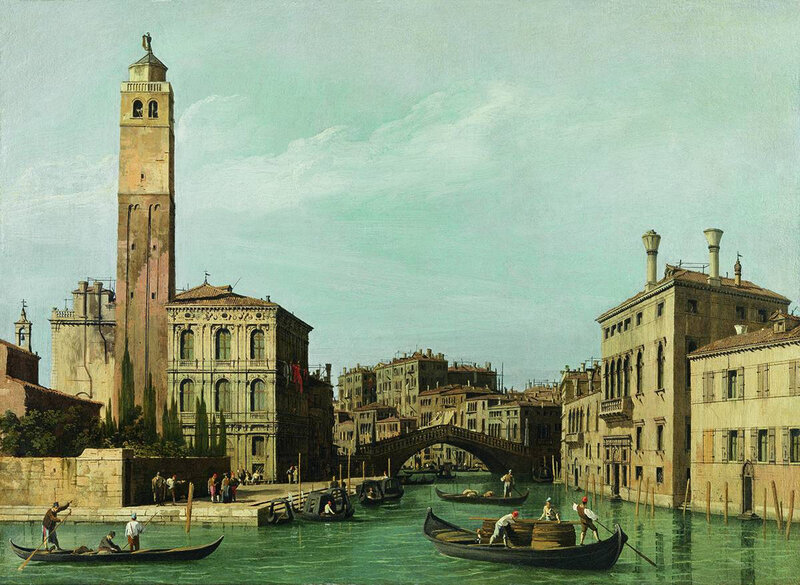

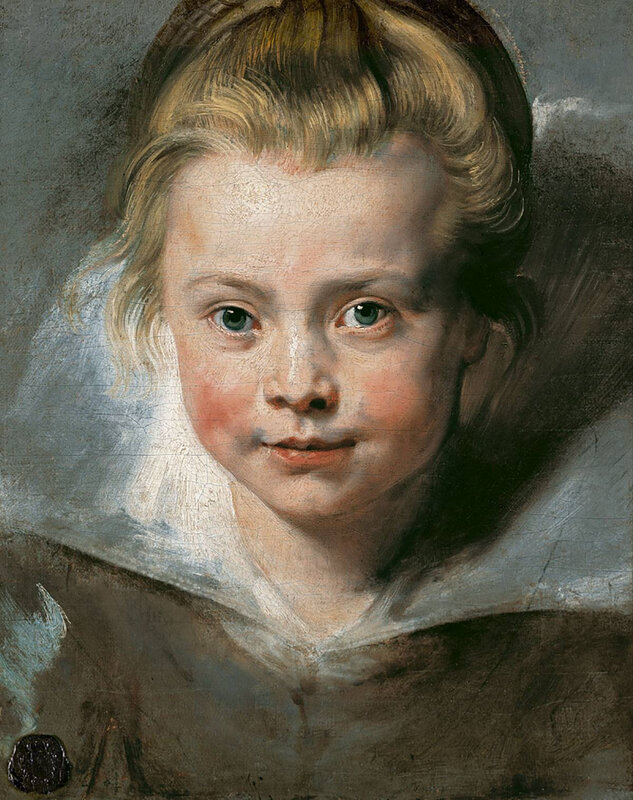


/http%3A%2F%2Fstorage.canalblog.com%2F19%2F23%2F119589%2F128179837_o.jpg)
/http%3A%2F%2Fstorage.canalblog.com%2F62%2F29%2F119589%2F126411628_o.jpg)
/http%3A%2F%2Fstorage.canalblog.com%2F15%2F87%2F119589%2F122308659_o.jpg)
/http%3A%2F%2Fstorage.canalblog.com%2F34%2F13%2F119589%2F120701661_o.jpg)